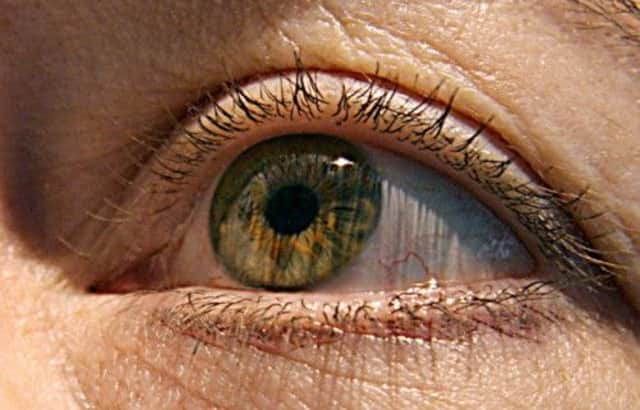Paralysed people could communicate with eyes


New research has shown that patients who are otherwise unable to communicate can quickly answer yes or no questions with a simple system that measures the size of their pupils.
Using just a laptop and a camera, the researchers were able to measure changes in pupil size that happen automatically when someone does mental arithmetic.
Advertisement
Hide AdAdvertisement
Hide AdThe technique required no specialist equipment or training: the study involved showed healthy test subjects answers to yes or no questions along side a maths problem, who were asked to solve the problem only if the correct answer was showing.
The mental strain of the calculation naturally caused an increase in pupil size, which the researchers could successfully measure and translate into accurate answers to questions such as: “Are you 20 years old?”.
The technique was also tested on seven patients who suffered from locked-in syndrome, having suffered brain damage as a result of strokes. In many cases the researchers successfully used pupil size alone to discern their responses to the same kinds of questions.
As well as helping with basic communication for all kinds of patients suffering from severe physical impairments, the researchers also hope it could be used to assess the mental state of patients when doctors are unsure if they are conscious or not.
“We find it remarkable that the system worked almost perfectly in all healthy observers and then could be transferred directly from them to the patients, with no need for training or parameter adjustment,” said lead researcher, Wolfgang Einhäuser of Philipps-Universität Marburg in Germany.
“For patients with altered state of consciousness—those who are in a coma or other unresponsive state—any communication is a big step forward.”